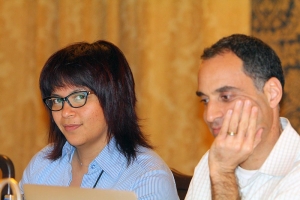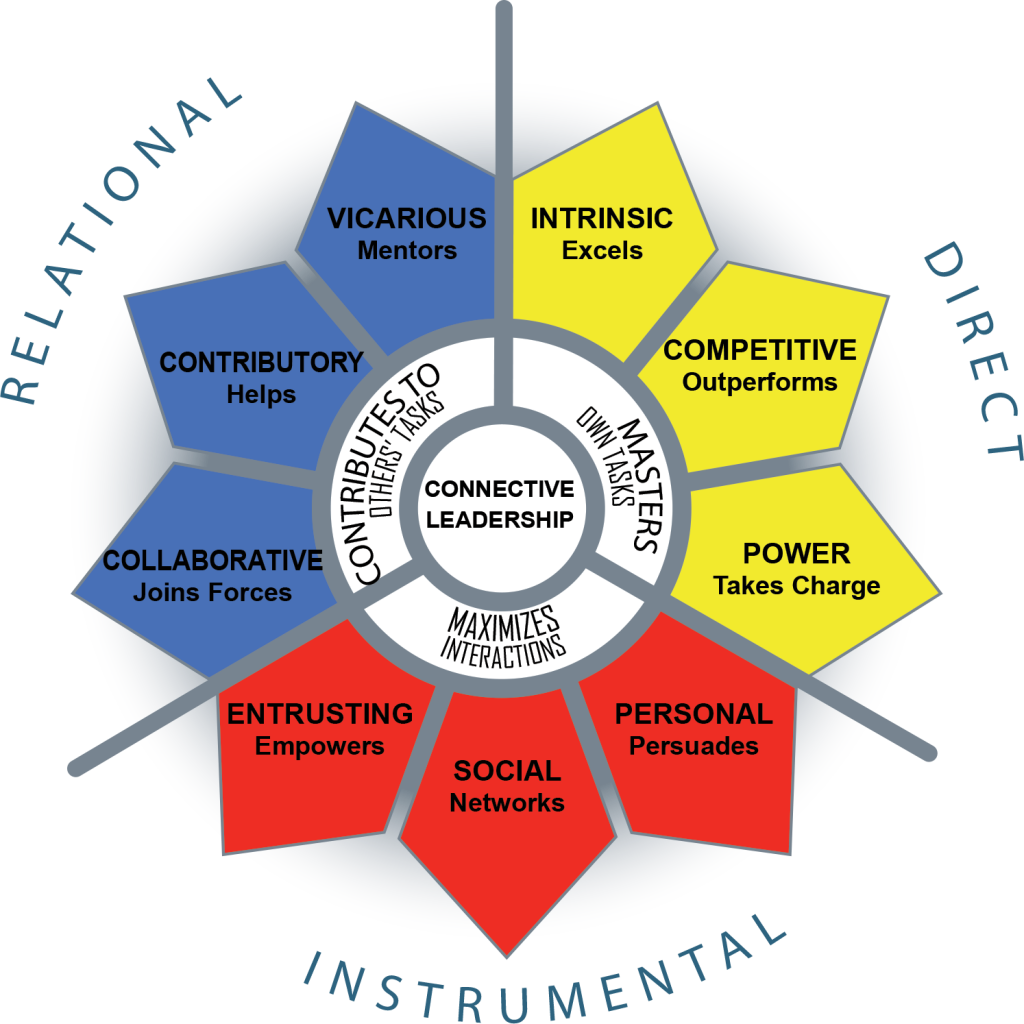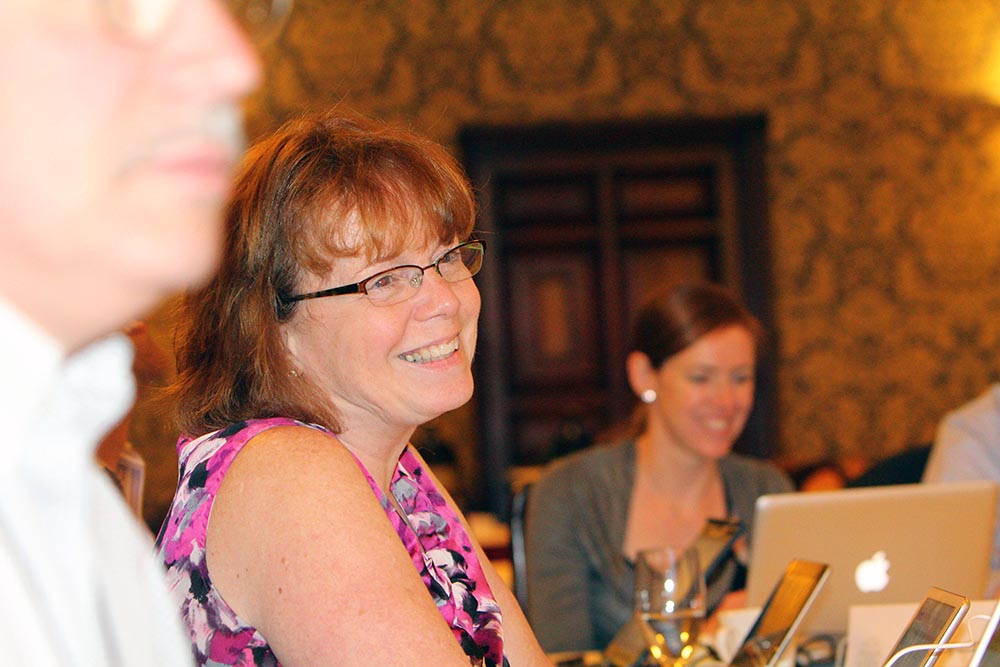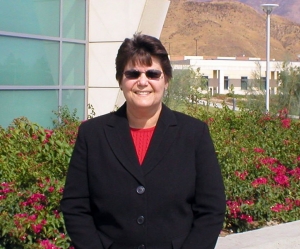Application & Usage
How the Model and Assessments CAN and HAVE BEEN used
How the Model and Assessments Can Be Used
By using the Assessments in various combinations, individuals can examine the fit between:
- Their own leadership profiles and the leadership expectations and reward structure of their organization
- Their view of themselves and other people’s perceptions of them
- Their own leadership profile and those of their colleagues
- The leadership demands of any given task, project, or situation and the leadership capabilities that they and others bring to the table

By aggregating the profiles of the individuals in any group, the Assessment can provide a Connective Leadership™ Group Profile.
Composite polar graphs can also be developed to display the profile of an entire group or any subgroup (e.g., male, female, senior or mid-level managers, etc.) within it.

The Connective Leadership™/Achieving Styles™ Model and Assessments can be used to improve:
- An individual’s Connective Leadership™ capacity
- Individual and organizational fit and effectiveness
- Intra-organizational communication
- Organizational culture and merging cultures
- Diversity in an interdependent world
- Executive coaching
- “Hot Groups”
- Interpersonal and inter-group conflicts
- Mergers and Acquisitions
How the Model and Assessments Have Been Used
The Achieving Styles™ associated with Connective Leadership™ are the underlying, pragmatic behavioral strategies individuals use to achieve personal and organizational goals.
 Developing access to the full repertoire of Achieving Styles™, as well as diagnosing the appropriate combination of styles for specific circumstances, can spell the difference between success and failure.
Developing access to the full repertoire of Achieving Styles™, as well as diagnosing the appropriate combination of styles for specific circumstances, can spell the difference between success and failure.
The Connective Leadership Institute can help your group maximize their Connective Leadership™ skills.
A thorough understanding of Connective Leadership™ and Achieving Styles™, coupled with the administration of assessments for measuring and analyzing organizational members’ Achieving Styles™, will increase participants’ effectiveness and improve organizational productivity.
Case studies of recent applications of the Achieving Styles™ Assessments
 Project Name: SBCC Ambassadors and Intercultural Leadership
Project Name: SBCC Ambassadors and Intercultural Leadership
Project Director: Shelby Harrington
Project Location: Santa Barbara City College
Project Purpose(s): To support new students’ social transition to life at Santa Barbara City College
Project Description: Santa Barbara City College has incorporated the Connective Leadership Individual Achieving Styles Inventory (ASI) as an assessment tool into our SBCC Ambassadors leadership training module. These Ambassadors are student volunteers from around the world who assist the International Office and Matriculation Program to support new students’ social transition to life at Santa Barbara City College.
Prior to their first semester of volunteer work with International Office, students participate in a 5-module training program. The ASI is given during this training so that students can learn the Connective Leadership model through their own strengths and limits. The results are first given out individually and then discussed in groups, with activities designed to help them learn from each others’ preferences. They can then focus on intentionally growing in some areas, while also beginning to select intentionally leadership styles that are contextually appropriate for their activities and interactions.
Participants: SBCC Ambassadors, student volunteers from around the world who work with the International Office and Matriculation Program
Results: It has been a great learning tool for the students, because it expands leadership approaches to include wide variations in cultural preferences for leadership styles, including teamwork, direct authority, and collaboration. I have found that Ambassadors who take the assessment yearly are continually expanding their capacities in leadership areas that were previously inaccessible or uncomfortable for them.
General Comments: I am currently researching grants that might be able to fund a pre- and post-assessment to determine how effective the program is in terms of growing leadership style.
 Project Name: Leadership & Organizational Structures for Intercultural Education
Project Name: Leadership & Organizational Structures for Intercultural Education
Project Director: Chris Cartwright
Project Location: University in Pacific Northwest
Project Description: In this course, participants developed and balanced their personal leadership skills to improve themselves, their learners, and their educational community in effective teaching and learning across cultures. The course paid particular attention to the assessment of organizational structures that impede or support all learners and their families.
Students in the course took the Achieving Styles Inventory (ASI); I visited the class and gave a brief overview of the Connective Leadership and Achieving Styles Models and gave them some relevant readings. We then discussed: (a) how the models could be employed in school leadership to support all learners, and (b) how the students’ individual reports could support them in current leadership challenges. They then wrote case study and project plans and used the ASI as a tool in their work.
Project Purpose(s): To support school leaders in learning to flex and balance their leadership styles in order to serve better their increasingly diverse students, families, and communities and to introduce the Connective Leadership Model to school leaders.
Participants: High school students, non-profit administrators, for-profit administrators, consultants, mid-level employees, two middle school ESL/Bilingual Educators, and one HS principal.
Results: All of the participants understood the value of the Achieving Styles Model to their work in general and really appreciated the insights into their own strengths and challenges. One participant was able gain insight into how to break through a perception of her lack of leadership ability. She was so thrilled by the results of this breakthrough that she applied and was admitted to a School Administration Licensure program.
General Comments: The school principal was so pleased with the ASI that she has recommended it for her system-wide leadership development team (50 people)
After having attended the Connective Leadership Certified Practitioners’ Seminar in Pasadena, I feel very confident presenting connective leadership and Achieving Styles concepts and materials and their many uses.
 Project Name: Volunteer Leadership in a Public Broadcasting Station
Project Name: Volunteer Leadership in a Public Broadcasting StationProject Director: Chris Cartwright
Project Location: Pacific Northwest
Project Description: To train volunteer leaders who ‘lead’ the pledge drives. These leadership volunteers make sure the pledge drives are successful by training phone volunteers, serving the phone volunteers food and beverages, tallying donations, and giving reports to the on-air staff so they can determine which pitches are working.
I facilitated two meetings of volunteer leaders with the goal of helping them see the value in each of their leadership roles and identifying their strengths and challenges in achieving a successful fund-raising drive. I presented the Achieving Styles/Connective Leadership Model so the participants could understand that their multiple roles required multiple leadership styles. We used the model to discuss what they did well and why and what they needed to work on and why.
Project Purpose(s): To educate volunteer leaders about leadership styles so they would be able to recognize the value of their team members’ roles, and to analyze the ways in which their leadership styles support or impede their team members’ work.
Participants: There were 30 participants over two meetings. All were volunteers from a variety of work backgrounds, such as government, non-profit, and private sector. Approximately 30% of the participants were fully retired. The average age was 60 years, with a range of 28 to 80 years of age. Two-thirds of the participants were women.
Results: The participants clearly saw the benefit of their team members’ roles and responsibilities and especially the need to collaborate and cooperate in order to work together. They also identified places in the fund drive where they needed to be engaging (i.e., Personal Instrumental) and where attention to detail (i.e., Intrinsic Direct) would have been beneficial. They were pleased to see a method by which to analyze and improve their work collaboration.
General Comments: As they viewed the Connective Leadership/Achieving Styles Model, it was wonderful to see the lights in their eyes when they reflected on their own leadership styles and learned how they could use individual styles to improve teamwork.
 Project Name: Teaching MBA Students to be Connective Leaders
Project Name: Teaching MBA Students to be Connective LeadersProject Director: Kathie Pelletier, Ph.D.
Project Location: California State University campus
Project Description: Teaching Connective Leadership in an MBA-level leadership course at a university in Southern California.
Project Purpose(s): To teach graduate students about the main tenets of Connective Leadership and to help them understand and strengthen their Achieving Styles. Since this group of MBA students are working in various industries and have the responsibility to lead their respective work teams, I had them complete the Individual Achieving Styles Inventory, and we discussed their results and developed strategies for them to strengthen their underutilized Achieving Styles.
Participants: I taught 42 students who enrolled in my graduate leadership course “Leadership for Modern Organizations” about the nature of Connective Leadership and why this leadership concept is important for organizational success in a global business environment.
Results: Each student took the Individual Achieving Styles Inventory, and we discussed their results and how the students might strengthen their Connective Leadership Profiles. I administered a brief survey after we had completed the section on Connective Leadership. The students rated the extent to which they felt Connective Leadership and the Achieving Styles Inventory 1) were relevant to their roles as leaders, 2) increased their level of engagement in the class, 3) facilitated their learning, and 4) increased their motivation to learn. On a scale of 1 (strongly disagree) to 5 (strongly agree), the means for each of these dimensions were over 4.3. They thoroughly appreciated learning about this topic and felt it would benefit them in their careers.
General Comments: Connective Leadership is a highly relevant theoretical perspective of the skills that are imperative for meeting today’s global leadership challenges. My graduate students stated that they appreciated learning about this important leadership perspective; they were inspired by the work of the Connective Leadership Institute and Dr. Lipman-Blumen’s book, “Connective Leadership: Managing in a Changing World.” I will be incorporating Connective Leadership in all of my leadership courses, based on their feedback and the results of class evaluations.
 Project Name: University of Hawaii Community College Program
Project Name: University of Hawaii Community College ProgramProject Directors: Alan C. Ragains, Ph.D. & Cynthia Foreman, Ph.D.
Project Location: Entire Community College System in Hawaii
Project Description: Connective Leadership Development Program
Project Purpose(s): To develop leadership skills among the vocational training faculty and staff primarily working in the Employment Training Center in our UH-Community College System.
To help attendees understand their own and others’ achieving skills.
Participants: After becoming Achieving Styles Certified Practitioners, we have conducted one training session at a community college on Oahu. Our audience was made up primarily of vocational education faculty from the Employment Training Center (ETC) of our campus. They had also invited five of their student mentors to attend. There was also one Department Chair/faculty from the Liberal Arts campus who attended, for a total of 15 attendees.
Results: The group seemed to grasp the connection between Connective Leadership and Achieving Styles. The highlight of the session was the use of movie clips and newscasts to illustrate each achieving style. Of course, attendees were very interested in the interpretation of their own results.
General Comments: Overall, the group was a good one and appreciated the information. We subsequently administered the ASI and teaching students and faculty about Connective Leadership in six more campuses this year. In our next session, we would like to analyze and discuss additional case studies.
 Project Name: Rentray-Zonnehuizen Merger in the Netherlands
Project Name: Rentray-Zonnehuizen Merger in the Netherlands
Project Director: Ted Baartmans
Project Location: Netherlands
Project Description & Purpose: In December 2011, after faltering seriously, an iconic Dutch foundation, Zonnehuizen, filed for bankruptcy. The Dutch Government and various other foundations had attempted to help Zonnehuizen for six months prior to this debacle, but to no avail. Then, in January 2012, one of the largest of these foundations, Rentray, initiated a take-over to create a new, merged organization. Rentray was clear in its intention: to preserve the best elements of Zonnehuizen’s heritage of experience and knowledge, while establishing more efficient management and leadership at the top. Negative publicity, though, made it difficult for the staff to integrate the two organizations – there was scant basis for mutual respect.
In March 2012, Rentray planned a day in which the policy staff groups from each organization could discuss a new, integrated approach for the merged organization. The plan was to emphasize the new policy, but suspicion and mistrust were felt by both groups. The Board of Directors asked CLI Associate Ted Baartmans to facilitate.
After analyzing the situation, Baartmans chose to discuss the social dialectics of diversity and interdependence, as described by Prof. Jean Lipman-Blumen in her Connective Leadership Model (measured by the Achieving Styles Assessment Suite), which could serve as a bridge between the two teams. After his presentation, he proposed that the members from both teams take the Individual Achieving Styles Inventory (ASI), followed by the Organizational Achieving Styles Inventory (OASI) about their past organizations, as well as the Aspirational Organizational Achieving Styles Inventory (A-OASI) to describe their desired future situation for their newly-merged organization.
Results: Baartmans reports the results were “astonishing.” The ASI revealed a variety of behavioral styles in both institutions, which opened the door for dialogue without any pre-judgments. Even more revealing were the results of the OASI, which indicated that the two organizations had previously differed markedly in their behavioral patterns, strategies, and strengths. In addition, Zonnehuizen showed a more limited organizational profile that was only 70% as robust as Rentray’s.
According to Baartmans, the aspirational results were so outstanding that they became the talk of the day. When the two aspirational profiles were compared, much to the surprise of both groups, their aspirations were extremely well-aligned. The similarities in the aspirational profiles allayed both groups’ fears and became a good starting point for the development of a new integrated institution. Zonnehuizen’s (the acquired group) participants, in particular, were enthusiastic about integrating their previous behavioral approaches with those of Rentray (their new parent organization).



